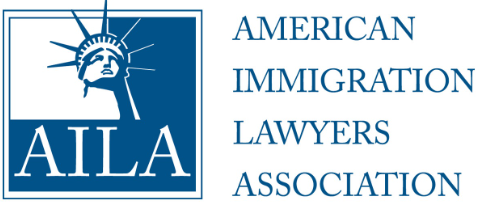Once a foreign national has an I-130 or I-140 approved the principal can adjust status to that of a permanent resident (provided that his or her priority date is current. Family members including spouses and children under 21 can also adjust status. We can assist you with navigating this process.
Details:
“Adjustment of Status” (AOS) is the process by which eligible individuals already in the United States can apply to change their immigration status to that of a permanent resident (green card holder). This process is available to primary immigrants, such as family-sponsored immigrants, employment-based immigrants, diversity visa lottery winners, and asylees/refugees, as well as their dependents. Here are the key points related to the adjustment of status process for both primary immigrants and their dependents:
- Eligibility:
- To be eligible for adjustment of status, the primary immigrant (e.g., the family-sponsored petitioner, employment-based applicant, or asylee/refugee) must meet the specific requirements for their immigration category.
- Dependents must be eligible as beneficiaries of the primary immigrant’s status or relationship, such as spouses and children of the primary immigrant.
- Proper Entry or Visa Status:
- In most cases, the primary immigrant and their dependents must have been lawfully admitted or paroled into the United States or must have maintained valid immigration status. Unauthorized entry or overstaying a visa can complicate the adjustment of status process.
- Concurrent Filing:
- In many cases, the primary immigrant and their eligible dependents can file their adjustment of status applications concurrently. This can streamline the process and allow the entire family to obtain green cards together.
- Family Unity:
- The ability to include eligible dependents in the adjustment of status application allows for family unity. For example, if a U.S. citizen petitions for a family member, both the primary beneficiary and their eligible dependents can adjust their status together.
- Medical Examination and Biometrics:
- Applicants are typically required to undergo a medical examination by an authorized civil surgeon and attend a biometrics appointment, where fingerprints and photographs are taken.
- Interview:
- Some adjustment of status cases may require an in-person interview at a USCIS office. This is typically the case for family-sponsored applicants.
- Affidavit of Support:
- In family-based cases, a financial sponsor (typically the U.S. citizen or permanent resident petitioner) is required to submit an Affidavit of Support (Form I-864) to demonstrate that they can financially support the primary immigrant and their dependents.
- EAD and Advance Parole:
- During the adjustment of status process, many applicants are eligible to apply for an Employment Authorization Document (EAD) and Advance Parole, which allows for work authorization and international travel while the green card application is pending.
- Approval and Green Card:
- If the adjustment of status application is approved, both the primary immigrant and their eligible dependents will receive their green cards and become lawful permanent residents of the United States.
It’s important to follow the specific requirements and procedures for adjustment of status based on the primary immigrant’s immigration category.


